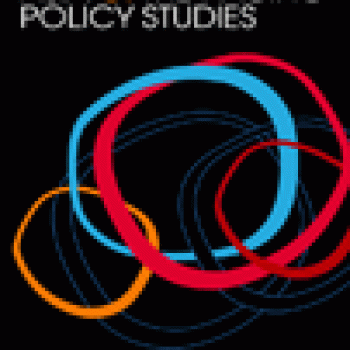Publication Information

An analysis of the Young Lives data collected in 2006, involving a younger cohort (aged 5) and an older cohort (aged 12), yields three important findings regarding the Kinh-ethnic minority gaps in mathematics and reading skills in Vietnam. First, large disparities exist even before children start primary school. Second, language may play an important role: Vietnamese-speaking ethnic minority children scored much higher than their non-Vietnamese-speaking counterparts, even though tests could be taken in any language the child chooses. Third, Blinder-Oaxaca decompositions indicate that higher parental education among Kinh children explains about one third of the gap for both cohorts. For the older cohort, Kinh households' higher income explains 0.2?0.3 standard deviations (SDs) of the gap (1.3?1.5 SDs). More time in school, less time spent working, and better nutritional status each explain about 0.1 SDs of the mathematics score gap; Kinh children's more years of schooling explains about 0.3 SDs of the Peabody Picture Vocabulary Test score gap.
Article written using Young Lives data from the public archive by researchers from the University of Minnesota, China Agricultural University, Beijing, and Purdue University, USA.
Download article from the journal's website: Asia & the Pacific Policy Studies 2.3: 494?516, DOI: 10.1002/app5.102

An analysis of the Young Lives data collected in 2006, involving a younger cohort (aged 5) and an older cohort (aged 12), yields three important findings regarding the Kinh-ethnic minority gaps in mathematics and reading skills in Vietnam. First, large disparities exist even before children start primary school. Second, language may play an important role: Vietnamese-speaking ethnic minority children scored much higher than their non-Vietnamese-speaking counterparts, even though tests could be taken in any language the child chooses. Third, Blinder-Oaxaca decompositions indicate that higher parental education among Kinh children explains about one third of the gap for both cohorts. For the older cohort, Kinh households' higher income explains 0.2?0.3 standard deviations (SDs) of the gap (1.3?1.5 SDs). More time in school, less time spent working, and better nutritional status each explain about 0.1 SDs of the mathematics score gap; Kinh children's more years of schooling explains about 0.3 SDs of the Peabody Picture Vocabulary Test score gap.
Article written using Young Lives data from the public archive by researchers from the University of Minnesota, China Agricultural University, Beijing, and Purdue University, USA.
Download article from the journal's website: Asia & the Pacific Policy Studies 2.3: 494?516, DOI: 10.1002/app5.102

